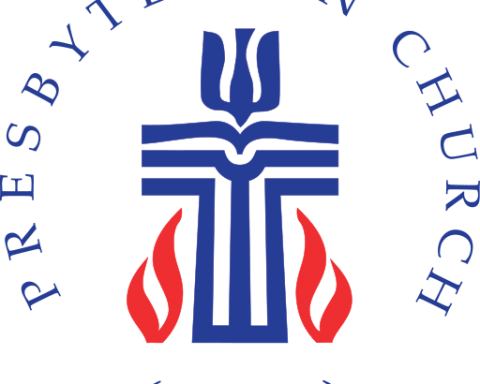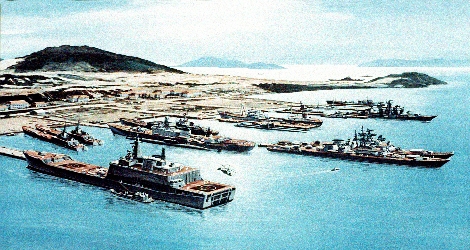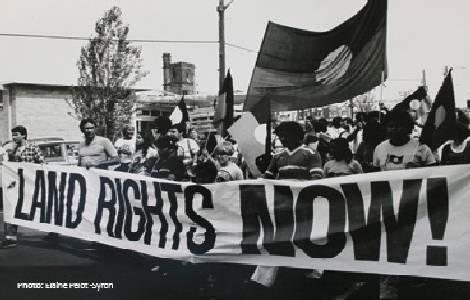The Sliammon People
This lack of knowledge and sensitivity became manifest when the City of Powell River came together with the Sliammon First Nation. Most people had no clue that the city was built in an area once seasonally inhabited by the Sliammon, whose territory had covered over 2,170 square miles of land in Northern British Columbia, including some village sites estimated to be 4,000 years old. The plentiful resources of the land, rivers, and sea supported the Sliammon people, whose stories tell of a rich and thriving culture with a deep connection to the land. After the first Indian Act in 1876, the federal government took control of the land and lives of Aboriginal people, relegating the Sliammon to six Indian Reserves, totaling approximately 12 square miles of land, less than 0.6% of their traditional territory. They stopped using the winter village located at the present Powell River City site after 1913 when the dam, built to support the pulp and paper mill, eradicated the salmon run.[4]
___________________________________________
The federal government took control of the land… relegating the Sliammon to six Indian Reserves, totaling approximately 12 square miles of land, less than 0.6% of their traditional territory.
___________________________________________
In 2002, a dispute arose between the City of Powell River and the Sliammon First Nations over the plan to develop a seawalk which would disturb or destroy significant cultural sites of the Sliammon, including petroglyphs and shell middens. The original planning excluded input from the Sliammon people, and this dispute served as a starting point for the City of Powell River and the Sliammon people to work more closely together through the development of the waterfront park and appreciation of each other`s values and culture.[5] This process facilitated an understanding of the Sliammon First Nation’s history and the injustices that have occurred since the First Indian Act in 1876. Since 2002, the Sliammon First Nation completed treaty agreements with the government, which are yet to be ratified. But the citizens of Powell River learned that present-day justice is contingent upon the redress of historical injustice. [6]
The Nature of Justice
Distributive justice concerns the fair exchange of goods in a society. Fair distribution considers the available quantities of goods, the process by which goods are to be distributed, and the resulting allocation of goods to members of society. Theoretically, we should know that justice has been rendered when the process of exchange has been fair, arising from a just situation, based on the full knowledge and consent of both parties.[7]
By focusing on the construct of justice as free exchange in the marketplace, one might think it possible to settle land agreements more quickly, as the BC Treaty Chief Commissioner encourages. All that is required is consensus between the government and the First Nations people. But these negotiations do not operate with a blank slate; historical injustices and inequities have to be addressed before the parties can negotiate on equal terms. The complexities abound: the murky arrangement of Crown and private land holdings—land that historically belonged to the First Nations people—makes restitution in the contemporary setting difficult to achieve. The concepts of ‘historical ownership’ and ‘due process in acquisition’ are helpful principles, but the murkiness of the actual facts makes it difficult to solve this issue quickly.[8]
___________________________________________
Proper treaty development requires, we have seen, mutual value clarification and respect for spiritual practices.
___________________________________________
However, as demonstrated in the example of building the seawalk, the concept of justice includes a number of spheres:[9] land rights, but also other dimensions, such as the capacity to develop joint business ventures and the right to celebrate traditional spiritual and cultural practices. Proper treaty development requires, we have seen, mutual value clarification and respect for spiritual practices. Though vital, these spheres of justice are not likely to surface among most Canadians’ understanding of land ownership It is therefore even more important that First Nations people, who often live next to non-native communities, develop a process for on-going cultural education for neighboring communities—and that those communities develop a process to receive and honor that cultural education.
While due process is a necessary component to the administration of law, other broader definitions of distributive justice, such as these, can help to arrive at fair outcomes in diverse spheres of life. The experience of the Sliammon First Nation and the City of Powell River points toward the need for an understanding of justice that is comprehensive enough to meet the juridical requirements of the law, as well as complex enough to direct people toward integration of values that strengthen community wellness and a shared sense of prosperity. Yes, the process of treaty negotiations has been lengthy and expensive. But that length and expense pales in comparison with the First Nations’ long and costly struggle for justice. While the Commissioner complains of months, the First Nations could complain of decades, of centuries. Thus, for the sake of the stability, longevity, and fairness of these treaties, it behooves the BC government to recognize the complex dimensions of justice… and to exercise, let us say, a modicum of patience.






Unbound Social